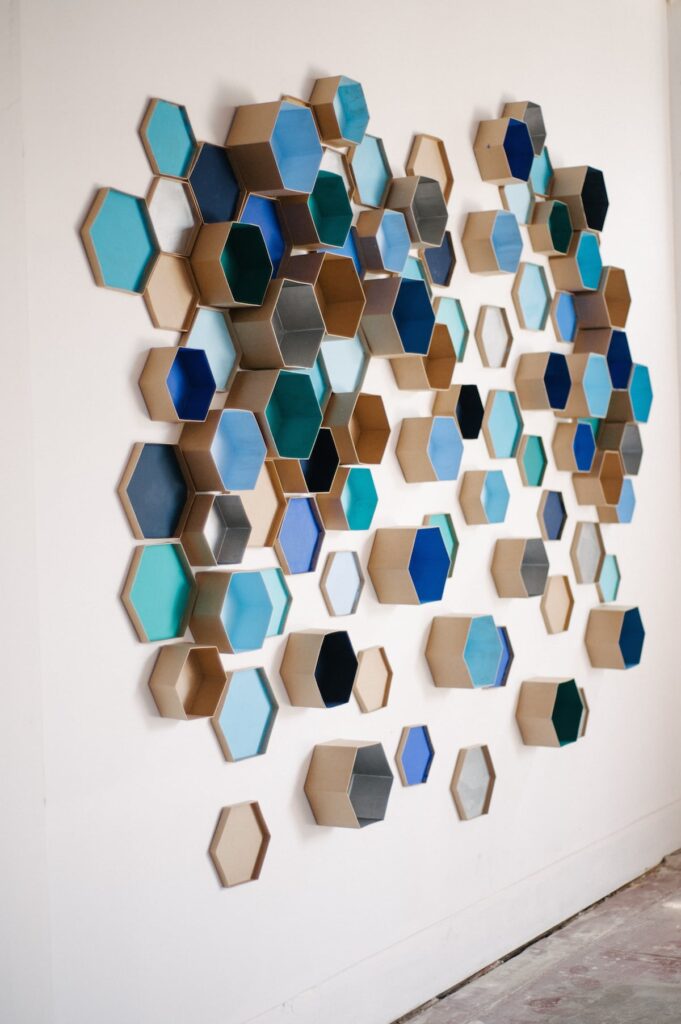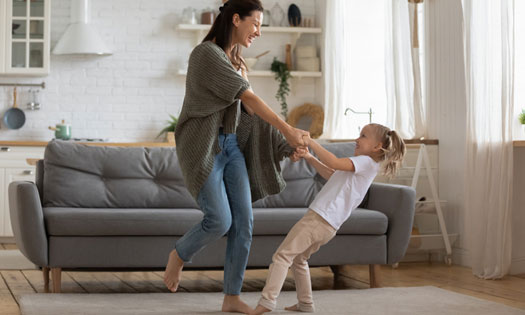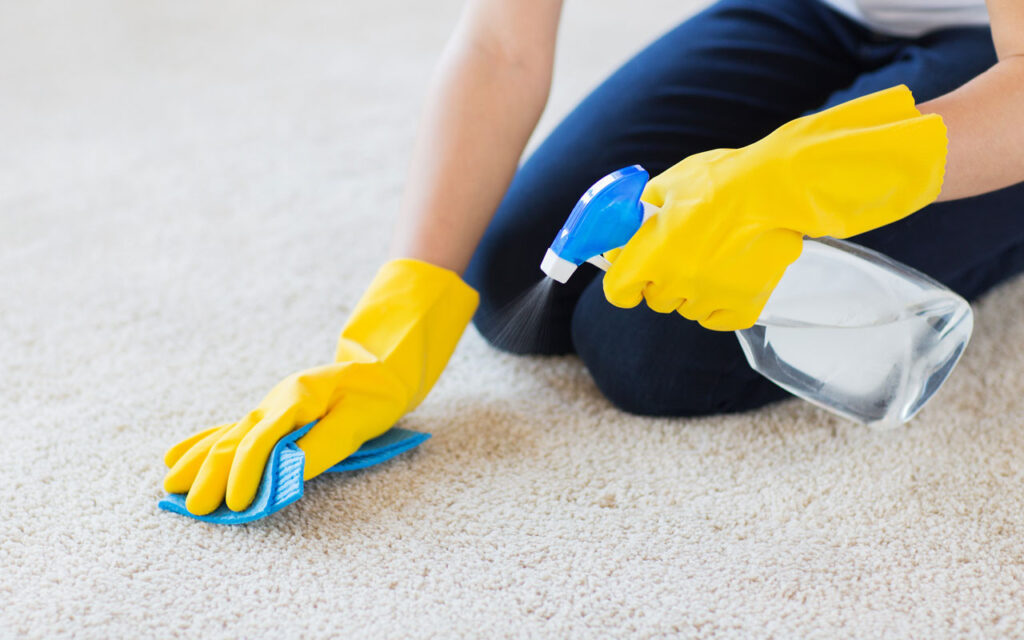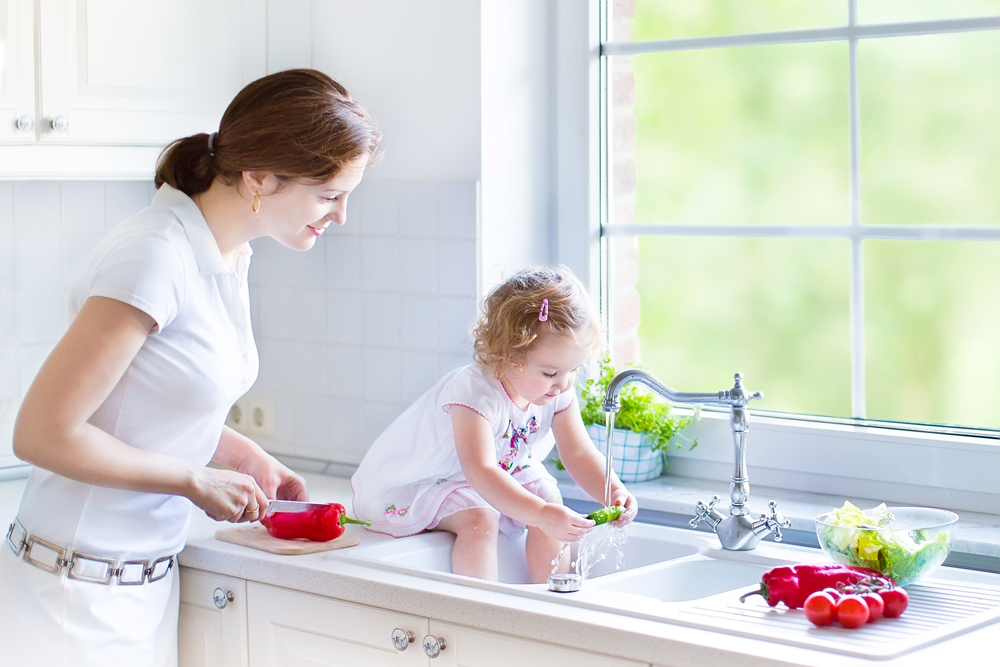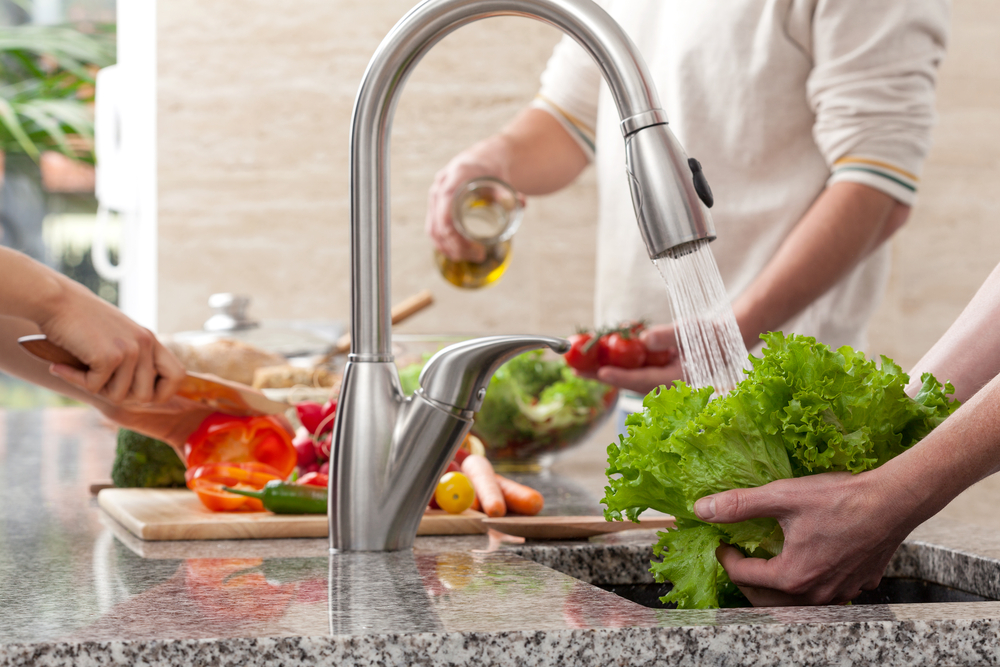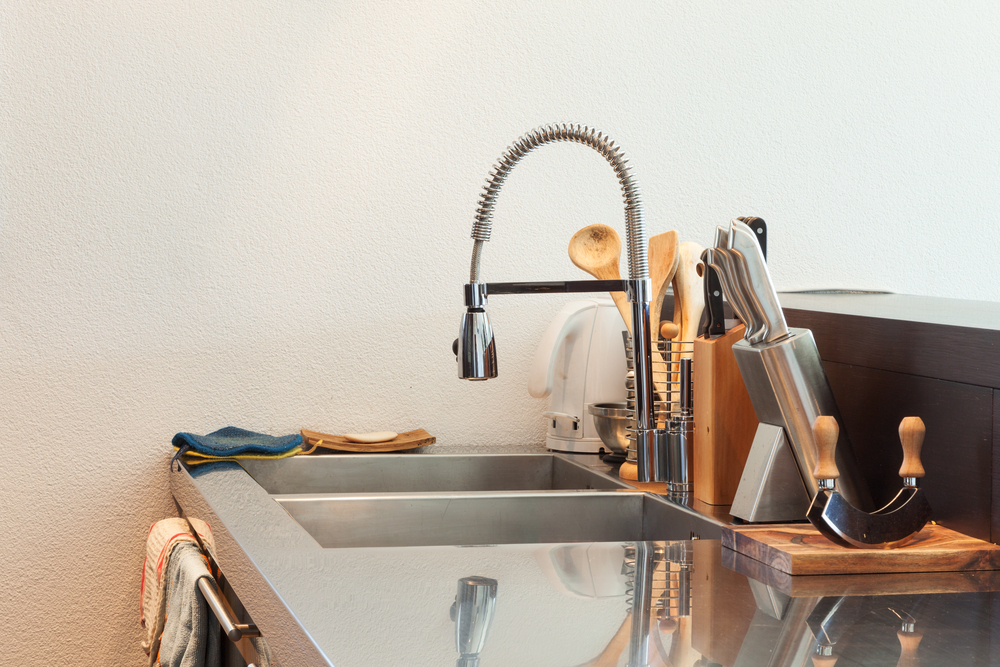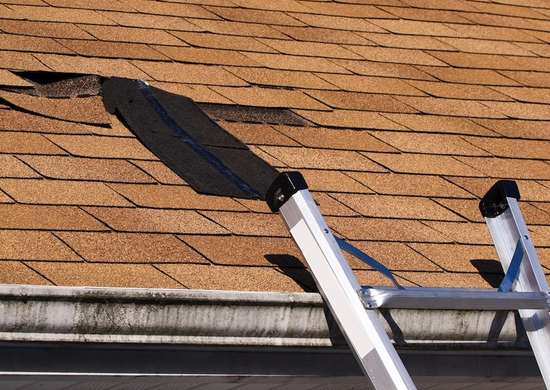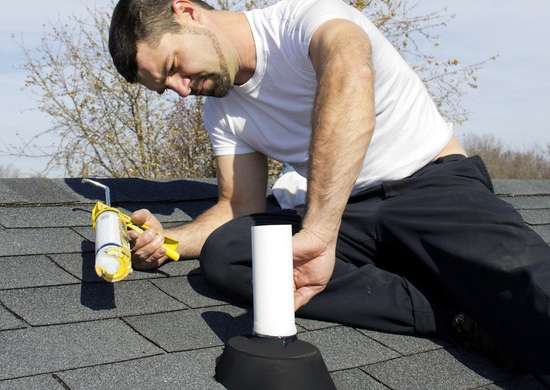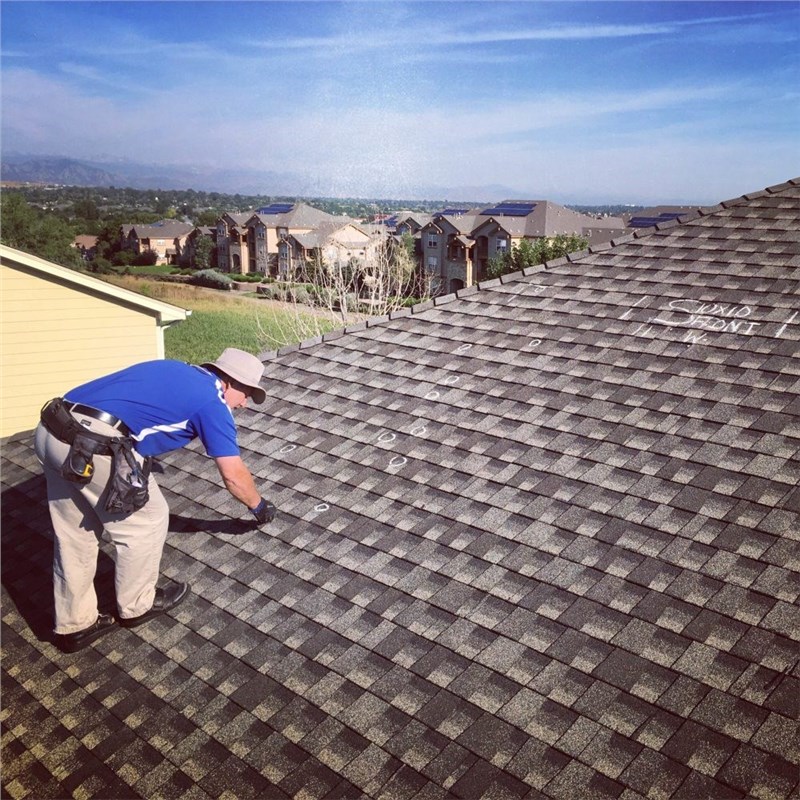Helpful things to learn in pediatrics
There are many critical skills to learn in
Peds. You are not going to learn them all in this preceptorship, but your
question is a good one. As a 1st yr student you are not yet going to have the
requisite knowledge (yet) to learn what I would try to teach, say, a 3rd year
med stud.
So keeping it training-level appropriate:
1. Keeping a younger child calm enough
during an exam to gather useful data.
2. The mechanics of doing pneumatic
otoscopy (even a 1st year can recognize the visible structures of the outer and
middle ear) without hurting the child and scaring them the least possible.
3. Looking for a red reflex and for signs
of esotropia and pseudoesotropia.
The latter two things are pretty much
mechanistic skills and can be learned without much depth of knowledge of
pathophys or experience (unlike the across-the-age-spectrum cardiac exam and
the neurologic exams which I would want the 3rd/4th year to learn but take some
deeper knowledge and experience with).
My question is what are the three basic
skills or procedures that all pediatricians should know. The reason I ask this
is that my school has a clinical medicine course that mainly covers internal
medicine and as such we do not get much exposure to pediatrics. My experiences
in pediatrics consisted mainly of shadowing my former pediatrician. I am hoping
that I can be more active in the Preceptorship.
Some skills that I had in mind are learning
how to do a well child examination, Developmental Evaluation, AD/HD Evaluation,
or even learning how to use a growth chart. Hopefully I can also learn some
procedures but that will depend on the physician
Doctors Your Child Needs
Children’s health doctors
Your child will encounter numerous medical
professionals from the moment they are born. These people are there for your
child as much as they are there for you to answer questions, diagnose illness,
and ensure overall health. Some children only ever see the family doctor, while
others may need an allergist or orthodontist
Pediatrician or family physician
The choice between a pediatrician and a
family physician or general practitioner is for you to make
Both can meet children’s needs, including:
annual physical exams
disease care
treatment of common illnesses
Most people opt for a pediatrician,
especially in the child’s youngest years. However, seeing a family doctor means
your child could be with the same doctor their entire life. If your child sees
a pediatrician, then they will usually switch to a general practitioner after
puberty is complete. This happens around 16 or 17 years of age. When your child
is first born, they will need to go to the pediatrician or family doctor quite
frequently. Within the first year of life, your new baby will need up to six
“well-baby” or “well-child” visits. During these visits, they will be weighed,
have their development assessed, and receive vaccinations. However, after the
12-month mark, the recommended frequency of these visits drops off
significantly and may vary according to your practitioner. An annual well-child
visit is still advised for children older than 3 years
Pediatric dentist
When your child gets their first tooth,
it’s time to think about a dentist. The American Dental Association recommends
that children have their first dental appointment within six months of cutting
their first tooth, and no later than their 1st birthday. This visit includes a
physical exam of the mouth and an information session for you. Early
examinations will help protect your child’s teeth and set up a lifetime of good
dental habits. Follow the first trip with semiannual visits for teeth cleaning
and exams. The dentist will take X-rays as the child gets older to ensure all
of the teeth are coming in properly and that there are no cavities. Many children
require treatment by an orthodontist, a doctor specially trained in braces. If
your child’s adult teeth are coming in crooked, your dentist could refer you to
an orthodontist to see if braces may help.
Things To Know About Dietary Supplements
for Children and Teens
According to a 2012 national survey, nearly
12 percent of children (about one in nine) in the United States use a
complementary health approach, such as dietary or herbal supplements. Some
teens use products advertised as dietary supplements for weight loss or
bodybuilding. Increasingly, products sold as dietary supplements, particularly
for weight loss and bodybuilding, contain ingredients that could be harmful,
including prescription drug ingredients and controlled substances. In addition,
many dietary supplements haven’t been tested in children. Because children’s
bodies aren’t fully developed, the side effects of these products on children
and adults may differ.
things to know about dietary supplements
for children and teens.
Although many dietary supplements come from
natural sources, “natural” does not necessarily mean “safe.”
Federal regulations for dietary supplements
are less strict than those for prescription and over-the-counter drugs.
Dietary and herbal supplements may be poor
quality and contain contaminants, including drugs, chemicals, or metals.
Studies of dietary supplements have found significant differences between
what’s on the label and what’s in the bottle of some supplements.
Dietary supplements may interact with other
products or medications or have unwanted side effects on their own.
About 4,600 children go to the emergency
room every year because of dietary supplements. Most took a vitamin or mineral
when unsupervised. Child-resistant packaging isn’t required for dietary
supplements.
Certain homeopathic products (called
“nosodes” or “homeopathic immunizations”) are promoted as substitutes for
conventional immunizations, but they haven’t been shown to protect children
against diseases. Follow the Centers for Disease Control and Prevention’s
vaccination recommendations to safeguard your children against
vaccine-preventable diseases. Vaccinating children helps protect our
community’s and our children’s health.
Hidden ingredients are increasingly
becoming a problem in products promoted for bodybuilding. Some bodybuilding
products marketed as dietary supplements contain steroids or steroid-like
substances. These could lead to serious liver injury, stroke, kidney failure,
or other serious conditions.
Dietary supplements marketed for rapid
weight loss, such as acai and hoodia, don’t help keep weight off for the long
term and can have side effects. Some supplements have a lot of caffeine or
herbs such as guarana that contain caffeine, which can cause life threatening changes
in your heart rhythm. The FDA has also found weight loss products tainted with
potentially dangerous prescription drugs.
Ask your child’s health care provider about
the effectiveness and possible risks of any complementary health approaches you
are considering or already using for your child. Also, remind your teenagers to
talk to their health care providers about complementary health approaches they
may use or are considering.
Child therapists
It’s happening again. Your daughter is
frustrated and stomping away down to her room, slamming the door and in general
“has her cranky pants on”. You say calm down, but she yells back “I don’t know
how to do that!!!”
We tend to tell our kids to “calm down”
without ever giving them explicit directions on how to deal with stress and
anxiety. Here’s a collection of the best tools and tips I’ve found to teach
children how to calm down and relax
Quick Ways to Calm Down
Sometimes you’ll need a quick way to help
your child calm down and you don’t have much with you. Maybe it’s when you’re
out at Target or stuck in traffic
These tips will come in handy at those
times:
Imagine your favorite place – it’s like
taking a mini vacation wherever you are
Think of your favorite things
Name animals alphabetically (alligator,
bear, cow, dog, etc…)
Squeeze Something (play dough, clay, silly
putty, your fists, a stress ball)
Get a Cold Drink of Water
54321 Grounding – go through each of your 5
senses
Put your arms straight out in front of you,
palms facing out.
Put one hand over the other at the wrists
and interlace your fingers.
Swoop your hands and arms toward your body
and then place your interlaced hands on your chest.
Cross your feet at the ankles and put your
tongue on the roof of your mouth.
Stay still for one minute.
tips for managing children’s anxiety about
COVID-19
Many families are facing major changes in
their day-to-day lives because of coronavirus disease (COVID-19). With all the
unknowns that come with a new virus, it’s normal to feel anxious about the
“what ifs” and the future.
This stress does not just affect adults –
children and teens are also at risk for anxiety, especially as their daily
routines are affected.
“Children of any age can experience
anxiety,” explains Roshini Kumar, LPC, clinical therapist at Children’s
Health℠. “Right now, it’s difficult to anticipate the future, and kids
have been pulled from their normal routines. Any time a child faces significant
change, it can cause fear and anxiety.”
Create a routine
One of the best ways to help children cope
with change is to implement structure again. “Routines help us anticipate
what’s coming and make us feel safe and secure,” says Kumar.
“Structure and stability have been drastically affected for many families,
so it’s important to establish a new normal for your child.”
Work with your child to create a new daily
schedule. A healthy routine will encourage children to maintain a regular sleep
schedule, healthy eating habits and daily physical activity (see ideas to stay
active at home). Turn to trusted resources, such as your child’s school, for suggestions
of daily work or activities. Make a goal chart or to-do list and display the
chart in an easy-to-see place like the refrigerator. This will allow your child
to track progress and be reminded of their hard work



